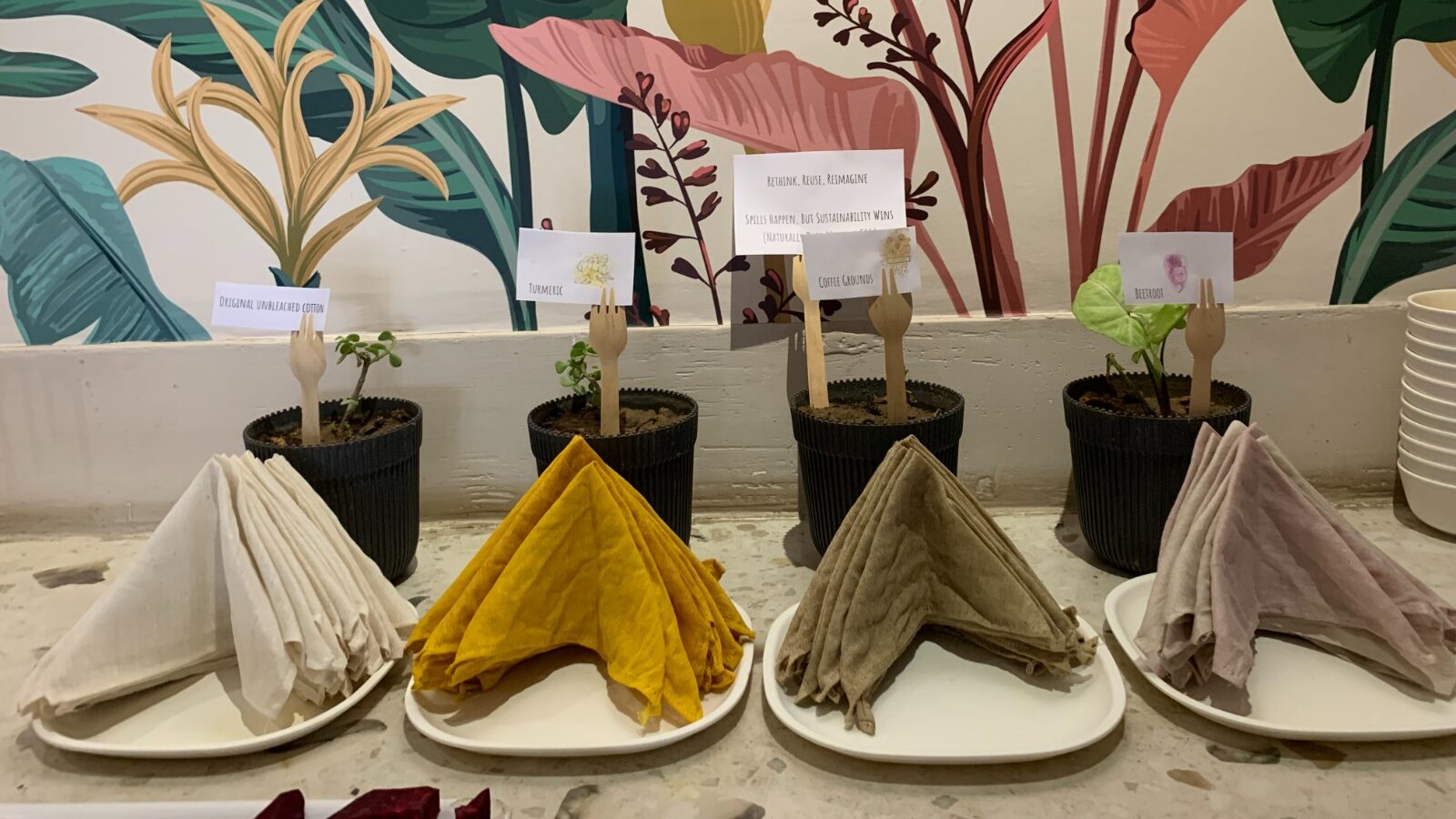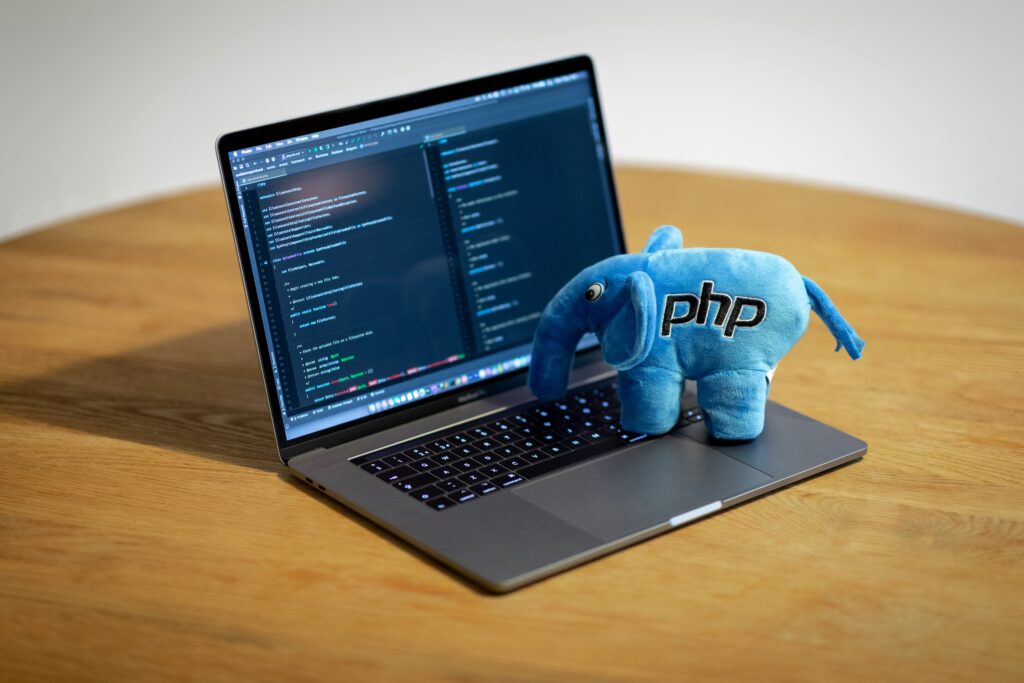
Canonicalization – “A basic SEO tenet”
by Cue Blocks(Canoni-cali-zation) – Matt Cutts refers to it as the process of picking the best URL when there are several choices, and it usually refers to home pages.
We come across websites with both www and non www versions of its URLS.
- www.yourwebsite.com
- yourwebsite.com/
- www.yourwebsite.com/index.html
- yourwebsite.com/home.asp
Most people would consider these the same URL but technically, all of these are different. Matt, in his post on SEO advice: URL canonicalization, explains that a web server could return completely different content for all the URLs listed above.
If you have duplicate content on multiple webpages of your site, this can cause problems for search engines – specifically in determining which URL should be shown in the search results. Canonical URL comes to rescue in such a scenario:
• Canonicalization becomes helpful as it takes the duplicate pages and uses a 301 re-direct to point all versions to a single, “canonical” version of the content or web page.
• Google recommends that you pick a “canonical URL”as the preferred version of the page. You can indicate your preference to Google in a number of ways. Google recommends them all (if you don’t indicate a canonical URL, Google will identify what it thinks is the best version).
What to do to make sure Google picks up the URL that you want it to pick:
• You can choose a preferred URL and use it consistently across your entire site. For example, don’t make half of your links go to http://example.com/ and the other half go to http://www.example.com/. Instead, pick the URL you prefer and always use that format for your internal links. If your site has duplicate content on multiple pages, there is a high possibility this could affect your search engine ranking results. For example – the link information could get diluted in a case where few incoming links may point to one version of the URL and few links to another.
• Matt further adds that if you want your default URL to be http://www.example.com/. You can make your webserver in a way so that if someone requests http://example.com/, it does a 301 (permanent) redirect to http://www.example.com/. Doing this will help Google know which URL you prefer to be canonical. If you have a site that changes often, for example you have dynamic content on site, a blog, etc. then adding a 301 redirect can be very useful.
Using the URL removal tool to remove domain.com –
If you remove one of the www vs. non-www hostnames, you can end up removing your whole domain for six months. You need to do a reinclusion request if URL removal tool removes your entire domain when you actually only wanted to remove the www or non-www version of your domain. A reinclusion request refers to mentioning that you removed your entire domain by accident using the URL removal tool and that you’d like it reincluded.
For more information on 301 re-directs see http://www.mattcutts.com/blog/seo-advice-URL-canonicalization/
- About the Author
- Latest Posts
One Reply to “Canonicalization – “A basic SEO tenet””
Comments are closed.
-
Jiva’s Organic Traffic Growth: 354% Surge in 6 Months | CueForGood
by Nida DanishSummary: Jiva’s efforts to empower smallholder farmers weren’t gaining the digital traction they deserved. With a strategic overhaul led by …
Continue reading “Jiva’s Organic Traffic Growth: 354% Surge in 6 Months | CueForGood”
-
What We Learned When We Switched From Disposable Tissues to Reusable Napkins
by Nida DanishAt CueForGood (CFG), we’ve embraced a refreshing change: reusable cloth napkins. While the switch may seem minor, it’s rooted in …
Continue reading “What We Learned When We Switched From Disposable Tissues to Reusable Napkins”
-
Of Light, Laughter & Transformation: Diwali 2024 at Cue For Good
by Nida Danish
On any given day, walking into the Cue For Good office feels like stepping into a space with heart. It’s …
Continue reading “Of Light, Laughter & Transformation: Diwali 2024 at Cue For Good”
-
Why PHP Still Matters in 2024: A Look at Its Continued Relevance
by Girish TiwariAt its peak in the early 2010s, PHP powered the majority of websites globally, including major platforms like Facebook and …
Continue reading “Why PHP Still Matters in 2024: A Look at Its Continued Relevance”
-
How Meta’s New Holiday Ad Features Can Transform Your Business This Season
by Charanjeev SinghThis year, Tapcart’s 2024 BFCM Consumer Trends Report suggests that nearly 60% of shoppers kick off their holiday shopping in …
Continue reading “How Meta’s New Holiday Ad Features Can Transform Your Business This Season”
-
Cue For Good’s Journey at the B Corp Festival 2024: Exploring Louder Than Words
by Pancham PrasharOn September 10th and 11th, 2024, I had the incredible experience at the “Louder Than Words” B Corp Festival, held …
Continue reading “Cue For Good’s Journey at the B Corp Festival 2024: Exploring Louder Than Words”








This is awesome!